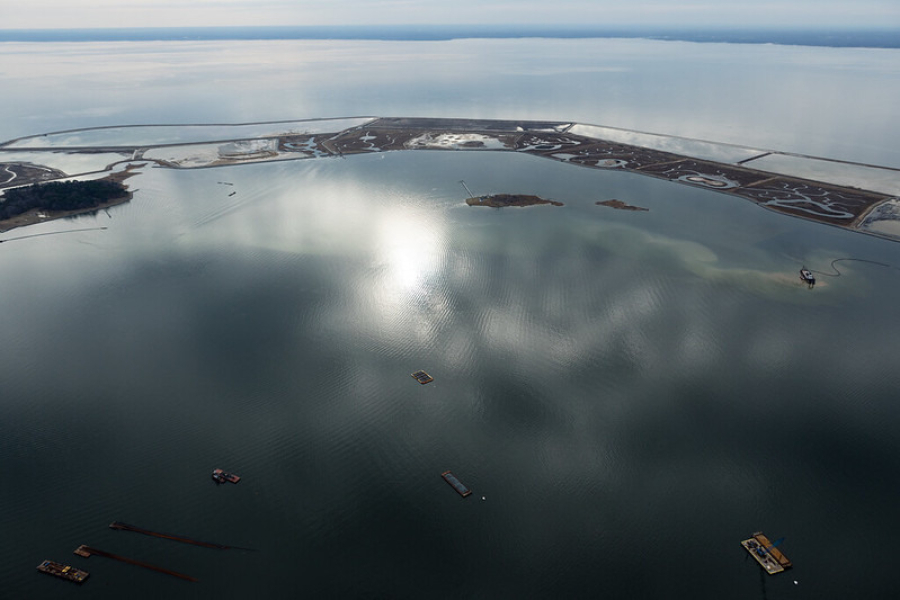Experts forecast Chesapeake Bay dead zone to be near average in summer 2024
Despite heavier spring rainfall across the region, nitrogen pollution entering the Bay remained average

Despite heavier spring rainfall across the region, nitrogen pollution entering the Bay remained average
